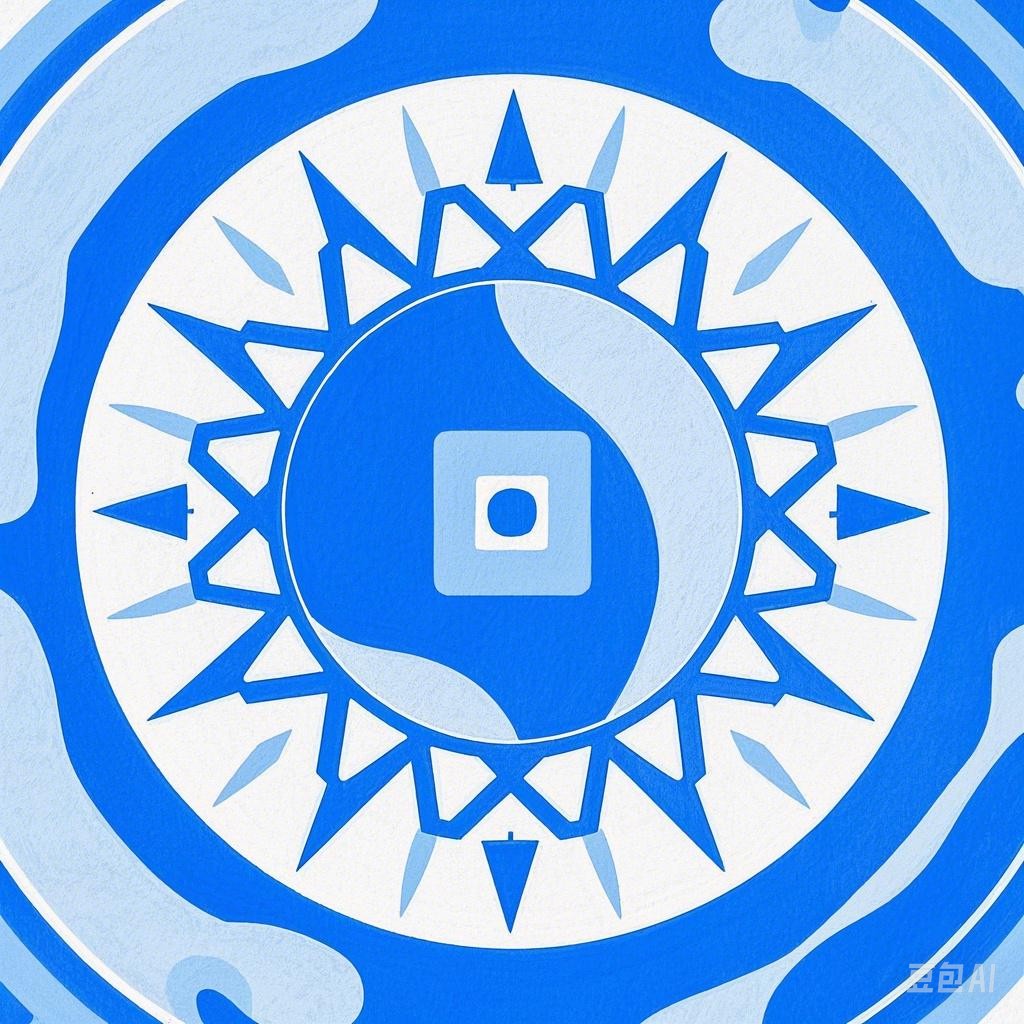The 24 Solar Terms, a traditional Chinese calendar system, is a testament to the ancient Chinese people’s deep understanding of nature and their harmonious coexistence with the environment. These terms, which divide the year into 24 segments based on the Earth’s position relative to the sun, have been celebrated for thousands of years. This article aims to explore the significance of the 24 Solar Terms, their historical background, and how they are celebrated as festivals in modern China.
The Significance of the 24 Solar Terms
The 24 Solar Terms are not merely a way to track time; they are deeply rooted in Chinese culture and philosophy. Each term is associated with specific natural phenomena, agricultural activities, and seasonal changes. Here are some key points about their significance:
1. Agricultural Guidance
The 24 Solar Terms provide farmers with essential information about planting, harvesting, and other agricultural activities. For example, the “Start of Spring” marks the beginning of the planting season, while the “Summer Solstice” indicates the peak of the summer harvest.
2. Cultural Heritage
The 24 Solar Terms are closely linked to Chinese folklore, literature, and art. They have been featured in various traditional poems, paintings, and sculptures, reflecting the profound connection between humans and nature.
3. Health and Wellness
The 24 Solar Terms also play a crucial role in traditional Chinese medicine, where they are used to guide dietary and lifestyle choices based on the changing seasons.
Historical Background
The origins of the 24 Solar Terms can be traced back to the Shang Dynasty (1600-1046 BC). Over time, the system has evolved and been refined, with contributions from various dynasties and scholars. The system reached its current form during the Han Dynasty (206 BC-220 AD).
Celebrating the 24 Solar Terms as Festivals
In modern China, the 24 Solar Terms are celebrated as festivals, each with its unique customs and traditions. Here are some examples:
1. Spring Festival
The Spring Festival, also known as Chinese New Year, is the most important traditional festival in China. It marks the beginning of the year and the “Start of Spring” Solar Term. During this time, families gather to celebrate, exchange gifts, and enjoy traditional foods like dumplings and fish.
2. Dragon Boat Festival
The Dragon Boat Festival, held on the fifth day of the fifth lunar month, coincides with the “Grain in Ear” Solar Term. It commemorates the poet Qu Yuan, who drowned himself in the Miluo River. People celebrate by racing dragon boats, eating zongzi (sticky rice dumplings), and hanging calamus leaves.
3. Mid-Autumn Festival
The Mid-Autumn Festival, celebrated on the 15th day of the eighth lunar month, falls during the “Autumn Equinox” Solar Term. It is a time for family reunions and moon-viewing. People enjoy mooncakes, tea, and other traditional foods while admiring the full moon.
Modern Relevance
In today’s fast-paced world, the 24 Solar Terms continue to hold relevance. They serve as a reminder of the importance of balancing human activities with the natural world. Here are some ways the 24 Solar Terms are celebrated in modern times:
1. Environmental Awareness
The 24 Solar Terms promote environmental awareness by highlighting the importance of sustainable practices and respecting nature.
2. Education and Preservation
Schools and cultural organizations offer workshops, lectures, and exhibits to educate the public about the 24 Solar Terms and their significance.
3. Tourism
The festivals associated with the 24 Solar Terms attract tourists from around the world, promoting cultural exchange and economic growth.
Conclusion
The 24 Solar Terms are a vital part of Chinese culture and heritage, reflecting the ancient Chinese people’s deep understanding of nature and their harmonious coexistence with the environment. By celebrating these terms as festivals, China continues to honor its rich history and promote a sustainable future.
